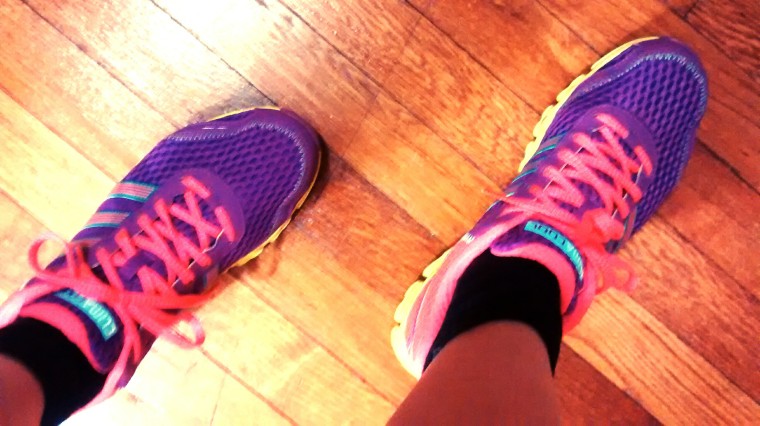
You have created your team and registered on lupus.org, what is your next step toward reaching your fundraising goals? Obtaining sponsors!
A few points possible sponsors will be considering:
- How will this donation affect the company?
- Will this association bring in more business or create a positive image?
- Is the cause worthwhile?
- Sponsoring helps the company gets their name out in the community. This could drive more business their way or, in some cases, take business away.
- Sponsoring can make a large impersonal company seem more engaged and caring.
- It can also alienate customers who do not agree or support the same cause.
- Those the company selects to sponsor will affect the public image of the company (which is why careful consideration is necessary before a donation is made).
- Aligning themselves with those they sponsor helps the company more fully display their mission to the public.
- The nonprofits chosen by the company become a part of the above-mentioned mission—meaning that if something happens with either the non-profit or the company (good or bad) one can be directly associated to the other.
If you are a non-profit team hoping to obtain a few sponsors to help reach your fundraising goal, the best strategy might seem to be to call on as many local businesses as possible and see who will donate to your cause. However an alternate route to consider that could prove to be more effective is to sit down as a team and pool your resources. It is often best for companies to support causes that their employees either support or are directly involved in. See if anyone on your team has a connection. Then go around and make a list of sponsors your team would like to be associated with.
Because your walk is a local and you are a local team it would be best to consider businesses and companies in your immediate area, but be selective! Only chose businesses and companies you would be proud to advertise for during fundraising events and the walk because their name will most likely be included on your promotional material and even your team shirts (capes, hats, etc). This means researching the names on your list to make sure their mission aligns with that of your team.
When you have narrowed your list down to the best 15 options divide the outreach evenly amongst your team, unless you have nominated one specific member to be in charge of all sponsorship outreach (this might be best in the long run for organizational purposes). Collect the contact information. This might mean visiting your local businesses in person and inquiring about the best person to contact or for a larger company, simply search their website (or call) for that information. Craft a letter/email for each possible sponsor. Make this letter personal and full of information about the team, the walk, and what the donation will do to help. Keep the length relatively short (a single typed page) and do not forget to include your contact information (website, Facebook page, Twitter, phone, email, mailing address)! You want the make it as easy as possible for them to get back to you.
Now comes the part that can be a bit intimidating for some—following up. Do not be afraid to call after a reasonable period of time (say 10 days) to find out if they have received your letter and if they are interested. Remember to be polite in the face of possible rejection. This will say a lot about your team and burning the bridge will not help you in the future.
After the acceptances have come in gather with your team and come with a creative thank you! This can be in the form of a card signed by the entire team, a team photo, a small token of appreciation, or an invitation to meet you all at the walk. Be creative and have fun with it!
Remember that your team can raise money and be active participants in the walk without sponsors, but that sponsors are a great resource and can help you reach and even surpass the team fundraising goals.
The quick breakdown for obtaining sponsors:
- Pool team resources
- Find connections
- Create a list
- Research each possibility
- Finalize 15 possible sponsors
- Collect contact information
- Craft a letter/email
- Send letter/email
- Follow up
- Send a team thank you
Check back for an example letter/email to send and possible thank you ideas!
Happy Walking!
Purple Is The New Black
![1240326_152854108431155_9002776411816515975_n[1].jpg](https://purplesthenewblack.wordpress.com/wp-content/uploads/2016/02/1240326_152854108431155_9002776411816515975_n11.jpg?w=760)
